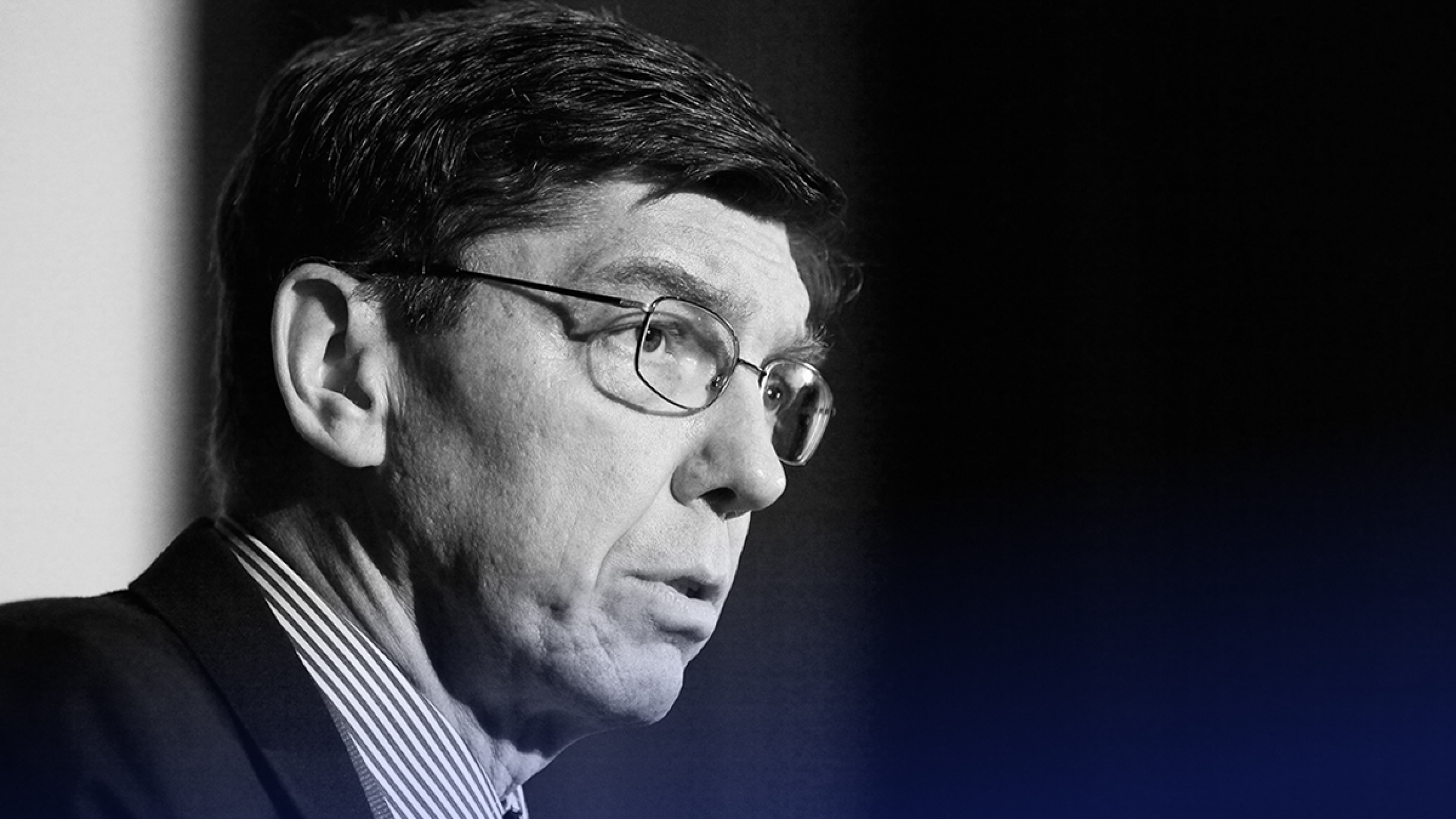
How Clayton Christensen can help you find your next business idea
I was re-reading The Innovator’s Dilemma when it struck me. Clayton Christensen didn’t just explain why companies fail, he gave us a blueprint for spotting opportunities others miss.
If you’re searching for your next business idea, his questions are gold.
Here are nine that can open doors you didn’t know existed.
1. What job is this really being hired to do?
Customers rarely buy what you think you’re selling. A productivity app might actually be selling peace of mind. When you understand the real job, better ideas appear.
Example: People don’t hire a drill because they want a drill. They hire it because they want a hole in the wall.
2. What would a simpler, cheaper version look like?
Christensen loved the low-end of the market. That’s where disruptive businesses often start. If you can serve people others ignore, you can grow fast.
Example: Ryan Air skipped luxury to offer cheap, no-frills flights and built a giant business.
3. Where are incumbents overserving customers?
This is his sweet spot. Think Gold’s Gym offering everything, and Planet Fitness winning with less. Find where “too much” is being sold, and strip it back.
Example: Planet Fitness won by stripping away extras from traditional gyms and charging a fraction of the price.
4. What constraints are creating new possibilities?
A small budget or short timeline can feel like a problem. Christensen saw it as a gift. Constraints force creativity and new models.
Example: Canva started as a simpler alternative to expensive design tools. Born from the constraint that most people can’t use Photoshop.
5. How would non-consumers approach this problem?
Look for people who can’t or won’t use existing solutions. They’re often overlooked, but they represent huge untapped markets.
Example: Duolingo tapped into language learners who couldn’t afford or access traditional classes.
6. What metrics might be misleading me?
Measuring the wrong thing can sink a great business. Revenue growth isn’t always the sign of a healthy model. Rethink what success really means.
Example: Kodak measured film sales and ignored the growth of digital photography until it was too late.
7. What are people struggling to do but not talking about?
The quiet frustrations can hide the biggest opportunities. If you can solve an unspoken problem, you might own that market.
Example: Airbnb spotted travelers struggling to find affordable, personal stays. A problem hotels weren’t discussing.
8. Where is “good enough” more than enough?
Sometimes customers are satisfied long before you hit “perfect.” Overbuilding wastes time and money.
Example: Chromebooks became popular in schools because they were “good enough” for basic tasks at a low cost.
9. What happens if I ignore my best customers?
It sounds risky, but this is the innovator’s dilemma. Your top clients might keep you tied to the past.
Example: Netflix moved from DVDs to streaming even though DVD subscribers were their biggest customers.
These questions can reveal markets, products and models that incumbents can’t see. They work in any industry and for any stage of business.
“Disruption is not about technology. It’s about business model innovation.” — Clayton Christensen
Christensen reminded us that disruption takes time. But the sooner you start asking the right questions, the sooner you’ll see the opportunities.
So, which industry do you think is ready for disruption that nobody’s talking about yet?


